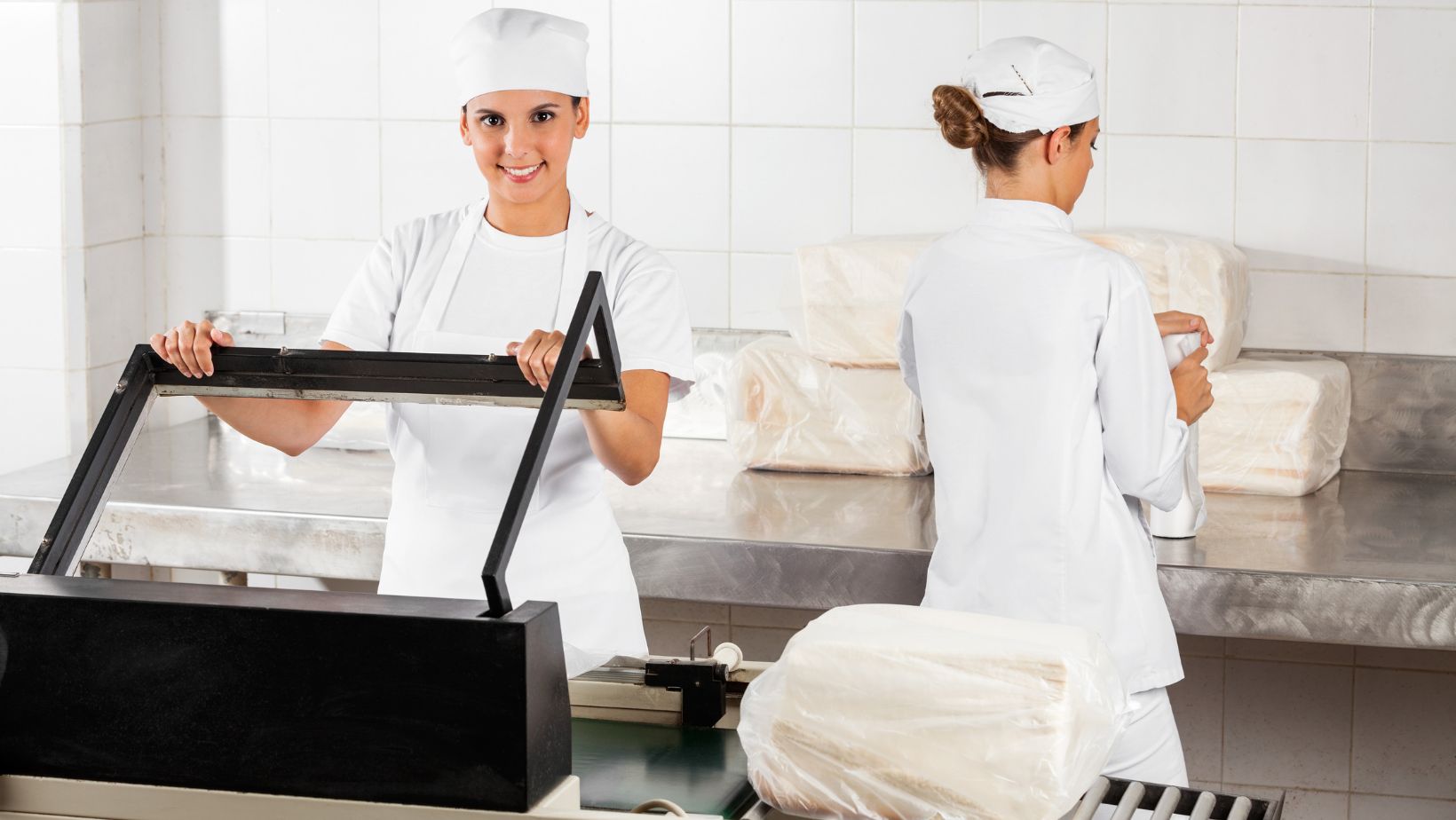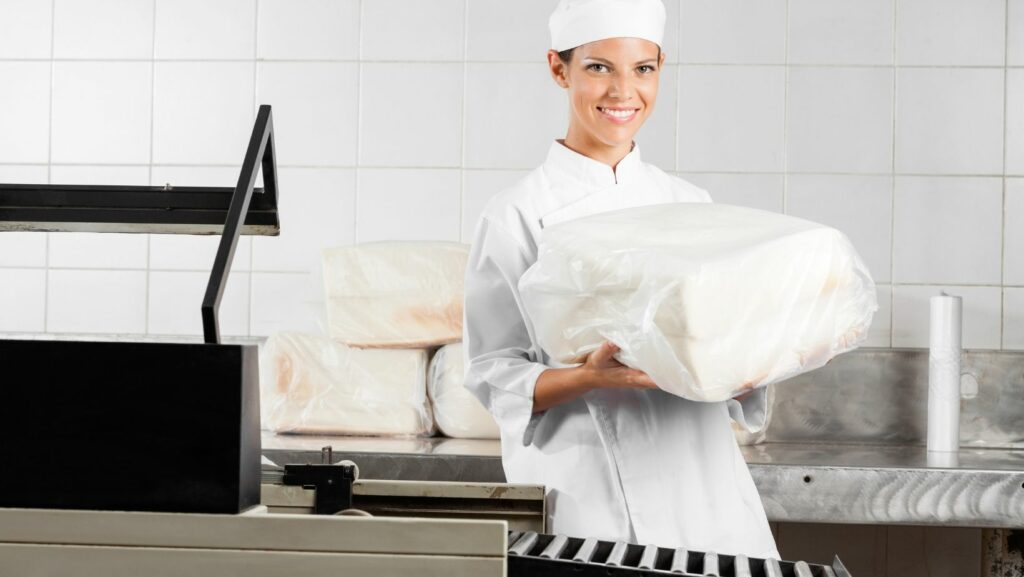Are you tired of finding your flour spoiled and infested with bugs? Look no further! In this guide, I’ll show you how to vacuum seal flour effectively to preserve its freshness for longer periods. No more wasted ingredients or unpleasant surprises when baking!
One of the biggest challenges in storing flour is keeping it safe from moisture, pests, and air exposure. Vacuum sealing provides an excellent solution by creating an airtight environment that prevents these elements from ruining your precious flour. By removing all the air from the packaging, you can significantly extend its shelf life and maintain its quality.
Table of Contents
ToggleHow to Vacuum Seal Flour
When it comes to preserving the freshness of flour through vacuum sealing, choosing the right vacuum sealer is crucial. With so many options available in the market, it can be overwhelming to find the perfect one for your needs. However, I’m here to help guide you through this process and make it a breeze.
Here are some factors to consider when selecting a vacuum sealer:
- Sealing Power: Look for a vacuum sealer with strong suction power. This ensures that all the air is efficiently removed from the bag, creating an airtight seal that will keep your flour fresh for longer periods.
- Versatility: Opt for a vacuum sealer that offers versatility in terms of bag sizes and types. This allows you to customize the packaging according to your specific needs. Look for models that can accommodate both small and large bags or even have roll storage capabilities.
- Ease of Use: Vacuum sealing should be hassle-free and time-efficient. Choose a model with user-friendly controls and clear instructions. Look for features like automatic bag detection and sealing, as well as intuitive interfaces that simplify the process.
- Durability: Investing in a durable vacuum sealer ensures longevity and reliable performance over time. Check customer overviews or look for models made with high-quality materials such as stainless steel or heavy-duty plastic.
- Maintenance: Consider how easy it is to clean and maintain your chosen vacuum sealer model. Removable drip trays or dishwasher-safe components can save you valuable time and effort when it comes to upkeep.
- Price: Set a budget before embarking on your search for a vacuum sealer but remember not to compromise on quality just to save a few bucks. It’s better to invest in a slightly higher-priced model if it guarantees superior performance and durability.

Preparing Your Flour for Vacuum Sealing
When it comes to preserving the freshness of your flour, vacuum sealing can be a game-changer. By removing air and moisture, you can extend the shelf life of your flour and keep it tasting fresh for longer. Here’s a step-by-step guide on how to prepare your flour for vacuum sealing:
- Gather Your Supplies: Before you start, make sure you have all the necessary supplies on hand. You’ll need a vacuum sealer machine, vacuum-seal bags or canisters specifically designed for food storage, and of course, your flour.
- Choose Fresh Flour: It’s important to begin with fresh flour that is free from any contaminants or moisture. This will help maintain its quality during the vacuum sealing process.
- Portion Control: Divide your flour into manageable portions based on your needs. This will make it easier to seal and store smaller quantities, preventing unnecessary exposure to air when accessing a larger package.
- Pre-Freeze if Needed: If your flour has high moisture content or tends to clump easily, consider pre-freezing it before vacuum sealing. This helps preserve its texture and prevents clumping during the sealing process.
- Seal Bags Properly: When using vacuum-seal bags, ensure they are properly sealed before placing them in the machine. Make sure there are no wrinkles or folds in the bag that could hinder an airtight seal.
- Label and Date: To keep track of expiration dates and ensure proper rotation of your stored flour, label each package with the type of flour and date of sealing.
- Store in Cool Environment: Once sealed, store your vacuum-sealed bags or canisters in a cool environment away from direct sunlight or heat sources. This will further prolong their freshness.

